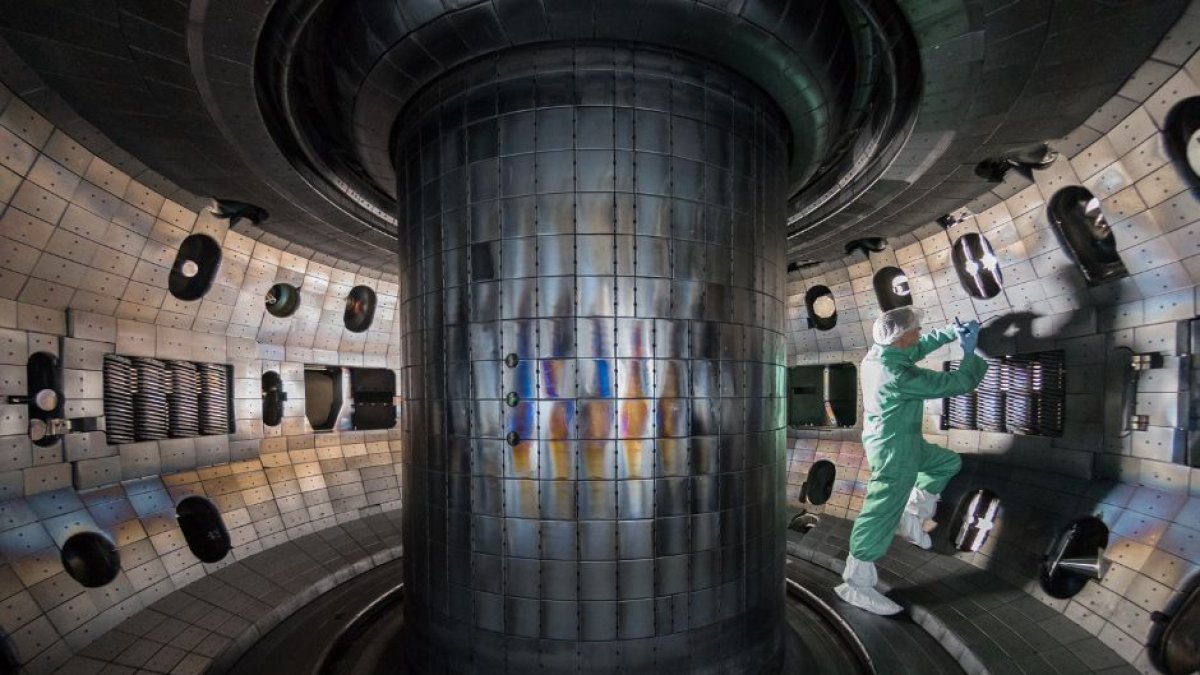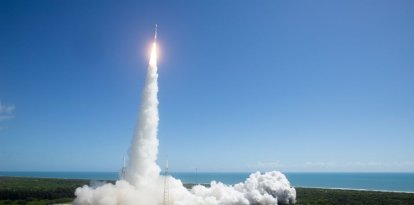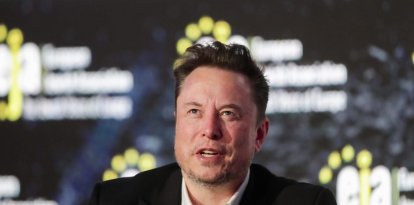Fusion: The Worldwide Race to Capture the Power of the Sun
For decades it has been the modern version of turning lead into gold, but its promise of clean inexhaustible energy is coming closer every year.

Nuclear fusion reactor operated by General Atomics for the U.S. Department of Energy / (Wikimedia Commons)
The atomic process that powers the sun has the means to alter how we harness energy to power our world, but conquering the physics of containing a fusion reaction has proven to be enormously difficult. Yet the nation that creates a genuine, sustained, fusion reaction will own the future.
Not to be confused with a fission hydrogen bomb (that splits the nuclei of atoms into smaller atoms), physicists explain that a controlled fusion reaction (that combines the nuclei of atoms) creates temperatures up to one hundred million degrees Celsius. It is difficult to conceive of mastering a reaction that is almost ten times the temperature at the Sun's center. However, researchers in multiple nations have created what is called a tokamak reactor that uses enormously powerful magnetic fields to contain the reaction for milliseconds of time. Part of the challenge is how to use less energy to create that reaction than the energy required to sustain it.
The short, "non-physicist" explanation of this process is that it allows nuclear fusion to heat hydrogen at extraordinary temperatures that, in turn, create a superheated plasma gas. The energy and heat produced by this reaction can ultimately be used to generate steam that turns turbines of any size for any purpose. The amount of fusion fuel needed to produce enormous amounts of energy is a mere fraction of what fossil fuels would require and creates no pollution in the atmosphere or radioactive waste. Nor, to create fusion, would we have to depend on hostile nations to ensure supplies of that ever-abundant element, hydrogen.
The Czech Republic, the United Kingdom and Germany are among the European leaders in this field. They have built their tokamak reactors to probe how best to harness this science for the betterment of the world. The Czechs in particular have welcomed members of the public to their tokamak to broaden a better public understanding of its enormous importance for the future.
One can safely assume that the Chinese, far from public scrutiny, are intent on making progress with their tokamak research: they know the free world is rightfully wary of their current dominance of the materials for green energy technology that we in the West wish for, even as they continue to keep building their coal-power plants. Already it is reported that the Chinese are claiming a record in sustaining the length of a fusion reaction inside their reactor.
Other nations pursing tokamak reactor research include India, Russia, Japan and South Korea.
The United States has not been idle. The U.S. Department of Energy has claimed a significant breakthrough in how fusion reactions are ignited, a critical part of the process. Their press statement says it is a historic milestone that "that will pave the way for advancements in national defense and the future of clean power."
There are a handful of inventions that have allowed civilization to claim the future – the use of fire, the wheel, and the printing press among them. Harnessing fusion, however, could make all of those a mere footnote in advancing benefits (and possibly, unfortunately, non-benefits) for humankind. The question we should be asking ourselves now is: Which nation will hold the key to that future, and by doing so, what will they demand from those who failed to unlock the unlimited power of the sun?
























